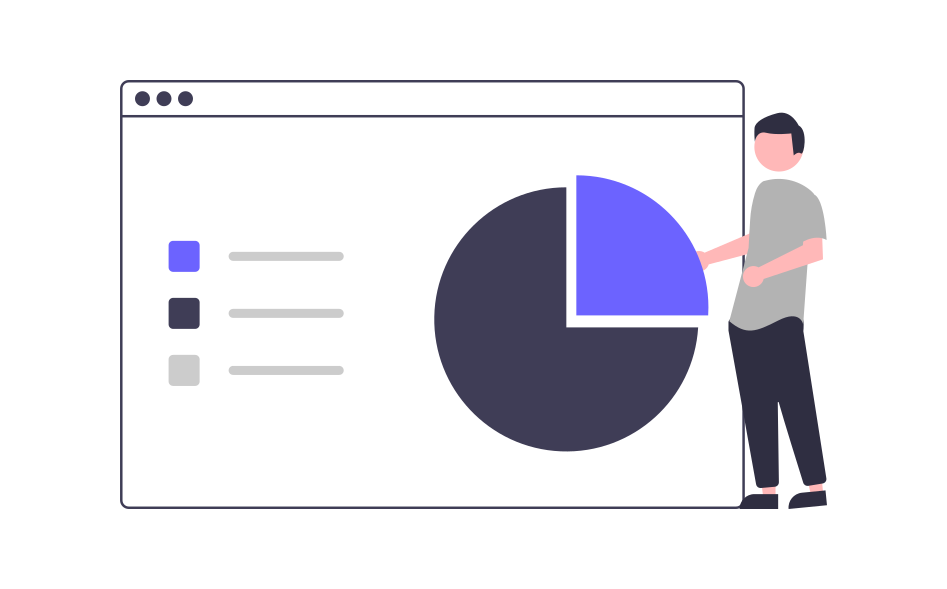In the realm of niche markets, understanding consumer behavior is the linchpin for success. While demographics and psychographics provide valuable insights, behavioral segmentation delves into the actions and patterns that directly influence purchasing decisions. This approach focuses on what customers do—how they interact with your brand, their buying habits, and their usage patterns. By examining these behaviors, businesses can tailor their strategies to meet the specific needs and preferences of their audience.
The Core of Behavioral Segmentation
Behavioral segmentation categorizes consumers based on their behavior towards products and services. This method emphasizes:
- Purchase Behavior: Patterns of purchase, frequency, and quantity.
- Usage Rate: How often and how much a consumer uses a product.
- Loyalty Status: The degree of loyalty a consumer has towards a brand.
- Benefits Sought: The specific benefits or features consumers look for in a product.
- Occasion-Based Behavior: Purchase occasions such as holidays, birthdays, or seasonal events.
By understanding these behaviors, businesses can design more effective marketing strategies that resonate with their target market.
Decoding Purchase Behavior
Purchase behavior analysis focuses on the buying patterns of consumers. Are they frequent buyers, or do they make purchases sporadically? Do they prefer bulk buying, or do they make smaller, frequent purchases? Understanding these patterns helps in forecasting demand and managing inventory more efficiently.
Usage Rate and Its Implications
Consumers use products at different rates. Some might be heavy users, while others use the product occasionally. Segmenting based on usage rate allows businesses to tailor their offerings. For heavy users, loyalty programs or bulk purchase discounts might be appealing. Occasional users, on the other hand, might respond better to promotional offers that encourage more frequent use.
Loyalty Status: Building Strong Bonds
Loyalty status segmentation identifies consumers based on their brand loyalty. Loyal customers are invaluable—they are less price-sensitive, more likely to make repeat purchases, and often act as brand advocates. By recognizing and rewarding loyalty, businesses can strengthen their relationship with these customers. This might involve exclusive offers, early access to new products, or personalized communication.
Benefits Sought: Meeting Specific Needs
Different customers seek different benefits from the same product. For instance, one segment might prioritize cost-effectiveness, while another values premium features. Understanding the benefits sought by different segments allows businesses to tailor their messaging and product features to meet these specific needs. This customization enhances customer satisfaction and can significantly boost sales.
Occasion-Based Behavior: Timing Is Everything
Occasion-based behavior segmentation focuses on when customers are most likely to make a purchase. This can be influenced by holidays, seasons, or personal milestones. By aligning marketing campaigns with these occasions, businesses can increase their relevance and impact. For example, promoting fitness products at the start of the new year, when many people are setting health-related resolutions, can drive significant sales.
The Advantages of Behavioral Segmentation
Implementing behavioral segmentation in niche markets offers several advantages:
- Precision Targeting: By understanding specific behaviors, businesses can create highly targeted marketing campaigns that speak directly to the needs and preferences of their audience.
- Improved Customer Retention: Tailored strategies based on behavioral insights help in retaining customers by meeting their specific needs and expectations.
- Increased Revenue: Personalized offers and targeted promotions are more likely to convert, leading to increased sales and revenue.
- Enhanced Customer Experience: By catering to the specific behaviors and preferences of consumers, businesses can create a more satisfying and engaging customer experience.
Implementing Behavioral Segmentation
- Data Collection: Gather data on customer behaviors through purchase history, website analytics, and customer feedback.
- Segmentation Analysis: Identify patterns and segment customers based on their behavior.
- Strategy Development: Develop targeted marketing strategies for each segment.
- Execution: Implement the strategies through appropriate channels.
- Monitoring and Optimization: Continuously monitor the effectiveness of the strategies and make adjustments as needed.
Conclusion
Behavioral segmentation offers a nuanced understanding of consumer patterns, providing invaluable insights for businesses operating in niche markets. By focusing on what consumers do rather than who they are, businesses can create more effective, personalized marketing strategies. This approach not only enhances customer satisfaction but also drives higher engagement and loyalty. In the competitive landscape of niche markets, leveraging behavioral segmentation can be the key to unlocking sustained success and growth.


